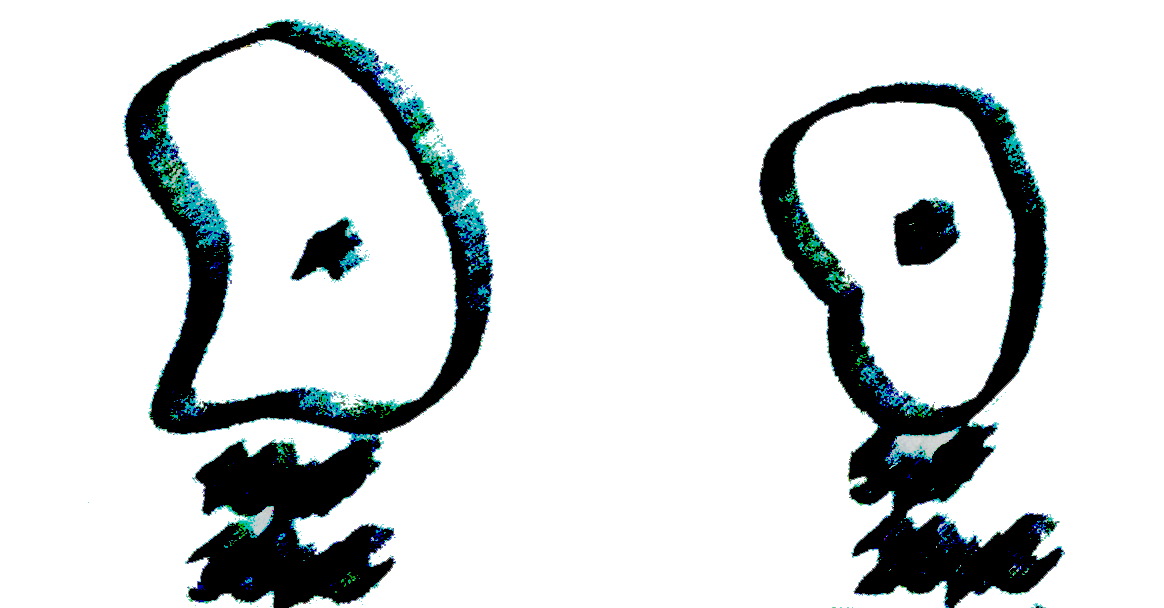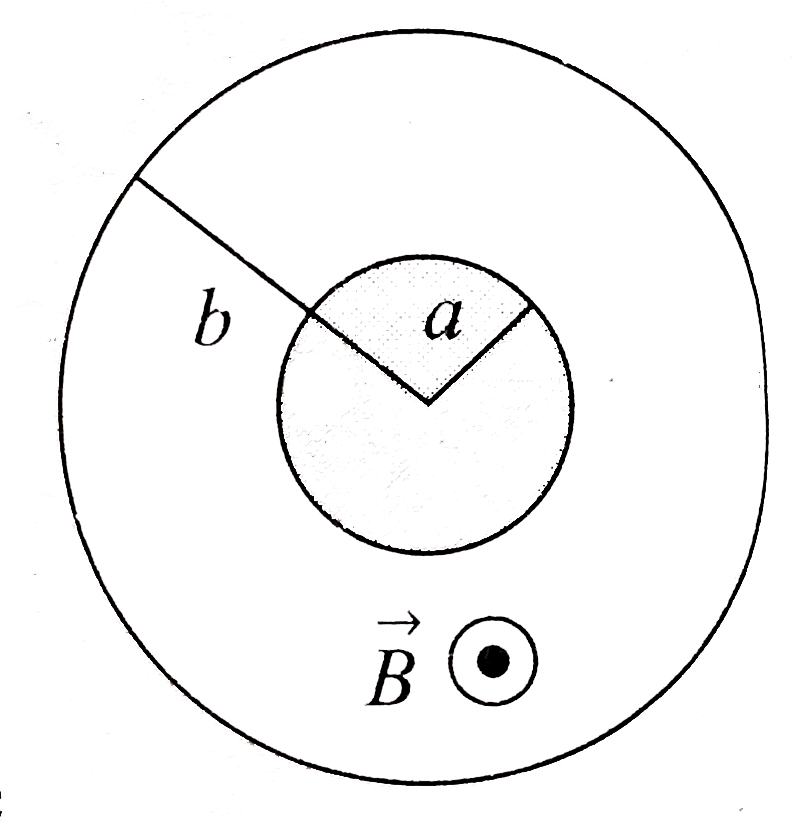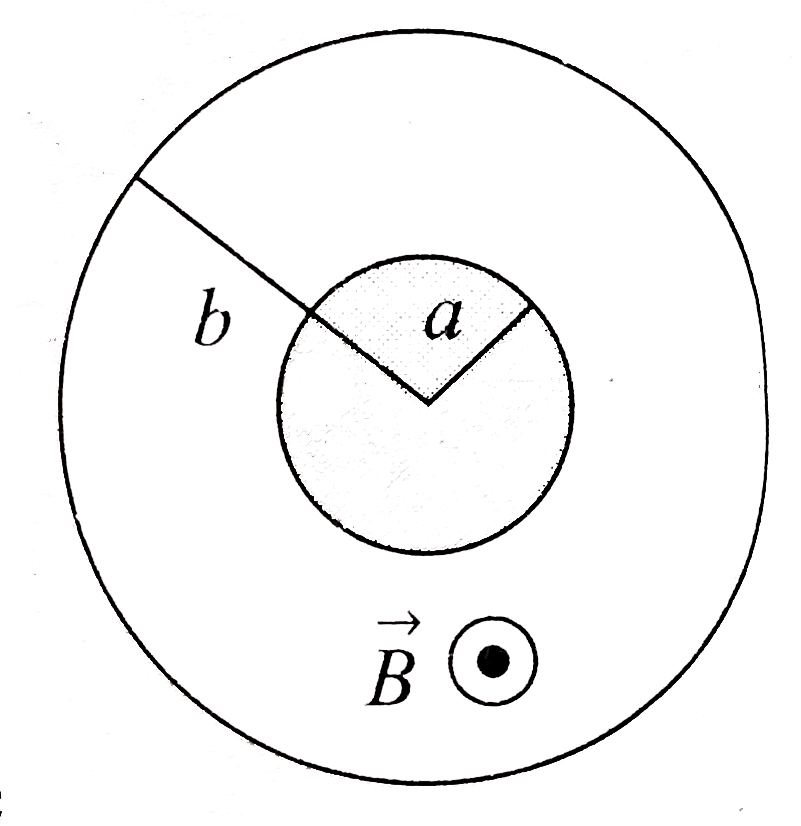Two conductors A and B are joined by a copper wire. State the direction of flow of electrons in each of the following cases:
If A is positively charged and B is uncharged
To determine the direction of flow of electrons between two conductors A and B, where A is positively charged and B is uncharged, we can follow these steps:
1. Identify the Charges:
- Conductor A is positively charged.
- Conductor B is uncharged (neutral).
2. Understand Electron Flow:
- Electrons are negatively charged particles.
- They flow from regions of lower electric potential to regions of higher electric potential.
3. Determine Electric Potential:
- Since conductor A is positively charged, it has a higher electric potential compared to conductor B, which is uncharged (considered to have zero potential).
4. Direction of Electron Flow:
- Given that electrons move from low potential to high potential, they will flow from conductor B (lower potential) to conductor A (higher potential).
5. Conclusion:
- Therefore, the direction of flow of electrons is from B to A.
Final Answer:
The direction of flow of electrons is from conductor B to conductor A.
---
- Conductor A is positively charged.
- Conductor B is uncharged (neutral).
- Electrons are negatively charged particles.
- They flow from regions of lower electric potential to regions of higher electric potential.
- Since conductor A is positively charged, it has a higher electric potential compared to conductor B, which is uncharged (considered to have zero potential).
- Given that electrons move from low potential to high potential, they will flow from conductor B (lower potential) to conductor A (higher potential).
- Therefore, the direction of flow of electrons is from B to A.
The direction of flow of electrons is from conductor B to conductor A.
Topper's Solved these Questions
- CURRENT ELECTRICITYBook:CENGAGE PHYSICSChapter:CURRENT ELECTRICITYExercise:MANDATORY EXERCISE(EXERCISE SET II)
Explore 20 Videos
- CURRENT ELECTRICITYBook:CENGAGE PHYSICSChapter:CURRENT ELECTRICITYExercise:MANDATORY EXERCISE(EXERCISE SET III)
Explore 5 Videos
- ATOMIC AND NUCLEAR PHYSICS Book:CENGAGE PHYSICSChapter:ATOMIC AND NUCLEAR PHYSICS Exercise:OLYMPIAD AND NTSE LEVEL EXERCISES
Explore 8 Videos
- ELECTROMAGNETIC INDUCTION Book:CENGAGE PHYSICSChapter:ELECTROMAGNETIC INDUCTION Exercise:OLYMPIAD AND NTSE LEVEL EXERCISES
Explore 10 Videos
Similar Questions
Two conductors A and B are joined by a copper wire. State the direction of flow of electrons in each of the following cases:
If A is negatively charged and Bis uncharged.
View SolutionTwo conductors A and B are joined by a copper wire. State the direction of flow of electrons in each of the following cases:
If A is positively charged and B is negatively charged.
View Solution
Knowledge Check
Two conductors when connected by a wire, charge flows if they have
Adifferent chargesBdifferent potenialsCdifferent capacitiesDdifferent charge densitiesTwo conductors when connected by a wire, charge flows if they have
Adifferent chargesBdifferent potenialsCdifferent capacitiesDdifferent charge densitiesWhen two isolated conductors A and B are connected by a conducting wire positive charge will flow from .
 AA to BBB to ACwill not flowDcan not say.
AA to BBB to ACwill not flowDcan not say.
Two conductors A and B are joined by a copper wire. State the direction of flow of electrons in each of the following cases:
If both are negatively charged.
View SolutionTwo charged spheres having radii a and b are joined with a wire then the ratio of electric field EaEb on their respective surfaces is ?
View SolutionTwo spheres of radius a and b respectively are charged and joined by a wire. The ratio of electric field of the spheres is
View SolutionIn the given arrangement, the space between a pair of co-axial cylindrical conductors is evacuated. The outer cylinder, called anode, may be given a positive potential V relative to the inner cylinder.
A static homogeneous magnetic field →B parallel to the cylinder axis, directed out of plane of figure is aslo present. induced charges in the conductors are neglected.
We study the dynamics of electrons with rest mass m and charge e. The electrons are released at the surface of inner cylinder.
Consider the following two cases

Case 1: Firstly the potential V is turned on, but →B=0. An electron with negligible velocity is ejected at the surface of inner cylinder. It is found to hit the anode.
Case 2: Now V = 0 but →B is present. An electron starts out with an initial velocity →v0 in radial direction. For magnetic field larger than critical value Bc the electron will not reach the anode.
Considering the case 1, the trajectory of electron will be
View SolutionIn the given arrangement, the space between a pair of co-axial cylindrical conductors is evacuated. The outer cylinder, called anode, may be given a positive potential V relative to the inner cylinder.
A static homogeneous magnetic field →B parallel to the cylinder axis, directed out of plane of figure is aslo present. induced charges in the conductors are neglected.
We study the dynamics of electrons with rest mass m and charge e. The electrons are released at the surface of inner cylinder.
Consider the following two cases

Case 1: Firstly the potential V is turned on, but →B=0. An electron with negligible velocity is ejected at the surface of inner cylinder. It is found to hit the anode.
Case 2: Now V = 0 but →B is present. An electron starts out with an initial velocity →v0 in radial direction. For magnetic field larger than critical value Bc the electron will not reach the anode.
Considering case 2, the trajectory of electron will be
View Solution
